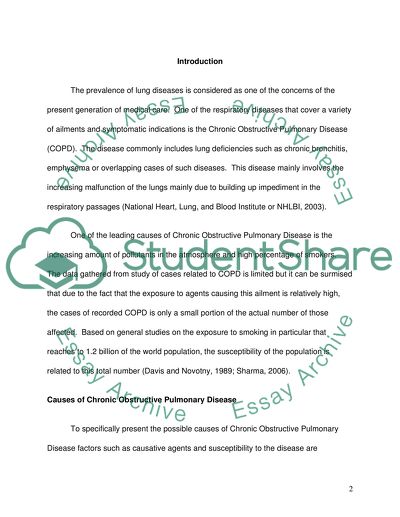Cite this document
(Chronic Obstructive Pulmonary Disease Case Study, n.d.)
Chronic Obstructive Pulmonary Disease Case Study. Retrieved from https://studentshare.org/health-sciences-medicine/1506816-chronic-obstructive-pulmonary-disease-essay
Chronic Obstructive Pulmonary Disease Case Study. Retrieved from https://studentshare.org/health-sciences-medicine/1506816-chronic-obstructive-pulmonary-disease-essay
(Chronic Obstructive Pulmonary Disease Case Study)
Chronic Obstructive Pulmonary Disease Case Study. https://studentshare.org/health-sciences-medicine/1506816-chronic-obstructive-pulmonary-disease-essay.
Chronic Obstructive Pulmonary Disease Case Study. https://studentshare.org/health-sciences-medicine/1506816-chronic-obstructive-pulmonary-disease-essay.
“Chronic Obstructive Pulmonary Disease Case Study”, n.d. https://studentshare.org/health-sciences-medicine/1506816-chronic-obstructive-pulmonary-disease-essay.


